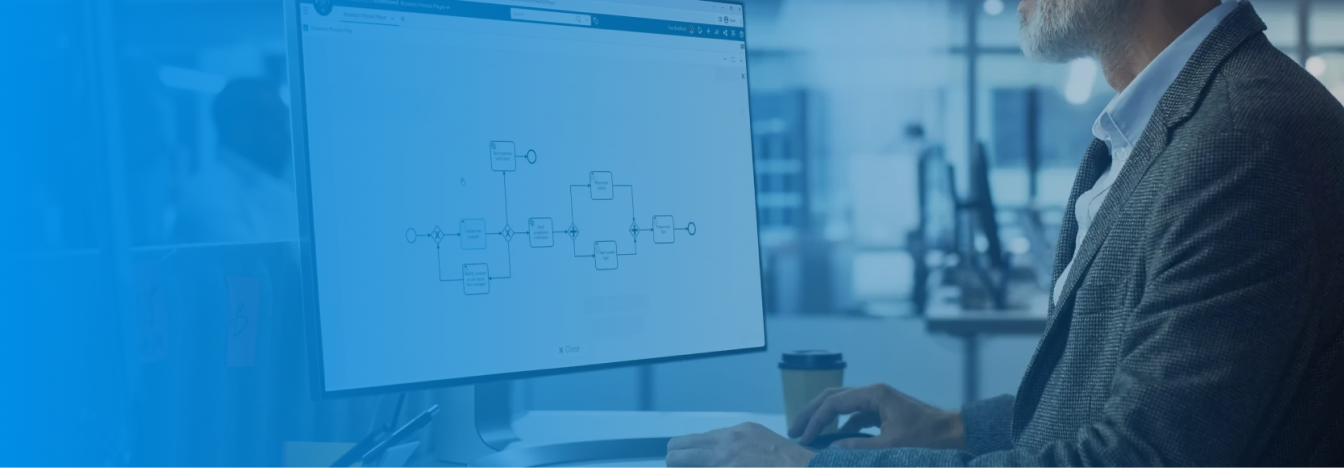Business Process Designer
Design and model processes with visual representations to illustrate the sequences of tasks, decision and interactions within a process
Design innovative workflows that empower your business teams with robust, secure, and meticulously structured processes to elevate productivity
Automate tasks effortlessly by configuring workflows to simplify teamwork and efficiently organize incoming tasks with assigned priority levels
Why do you need a Business Process Designer?
This role allows you to design and model processes with visual representations to illustrate the sequences of tasks, decision and interactions within a process. As a Business Process Designer, you play a pivotal role in redefining how your organization operates.
Watch the video to discover the user interface
Access your BPM Solution license instantly!
Quarterly Subscription
Best for Short-Term Projects
$504
Excluding local VAT
15 Day Money Back Policy
- 1 Business Process Designer
- 1 Business Process Player
Yearly Subscription
Best for Long-Term Use
$1,686
Excluding local VAT
15 Day Money Back Policy
- 1 Business Process Designer
- 1 Business Process Player
Already purchased? Need additional player roles? Take a look here!
Discover our Business Process Management Solutions
Business Process Manager
This BPM bundle will enable you to model, automate, execute, monitor, and optimize the business processes within your organization.
Business Process Player
This role will act as a central hub, bringing together tasks, activities, and performance metrics from various processes.
The tool helps us to focus more on the important issues and automate complex or repetitive tasks. The process is also more reliable.
FAQ about Business Process Design Tools
Need more information? - please check our full FAQ here

